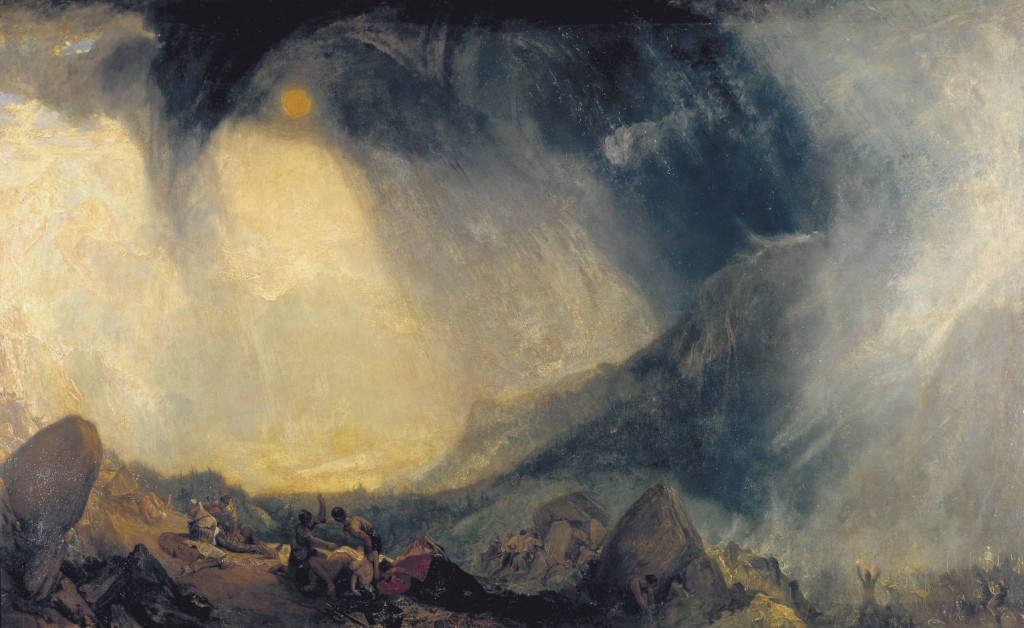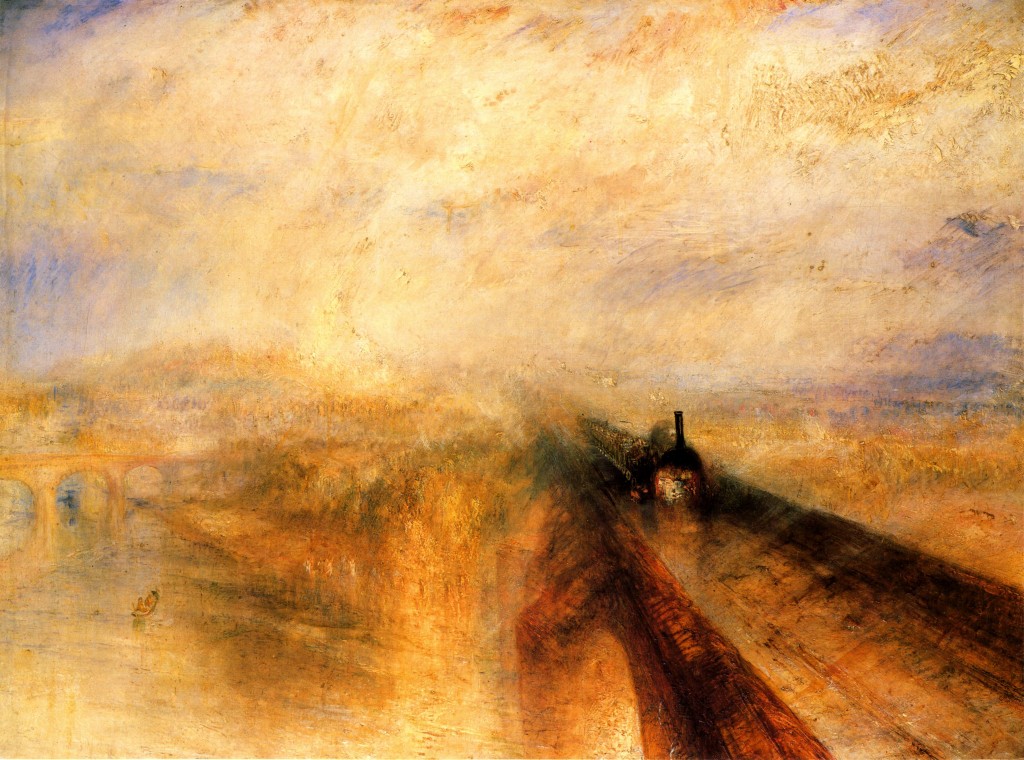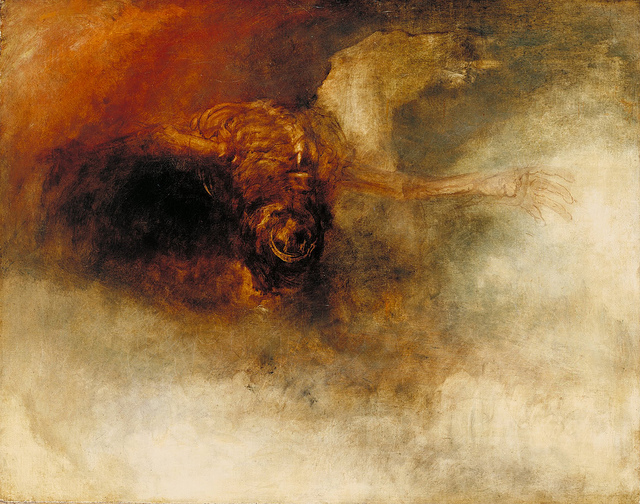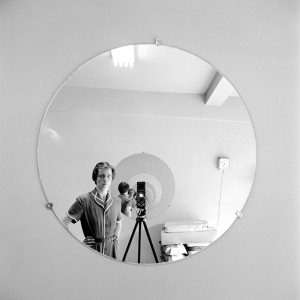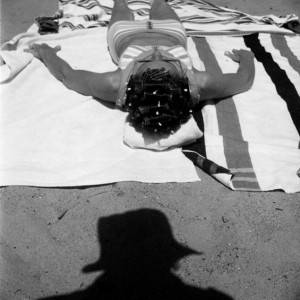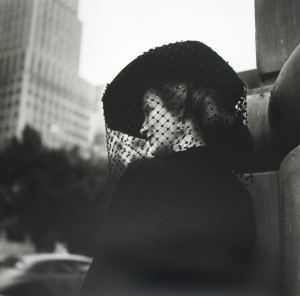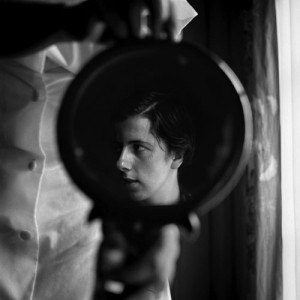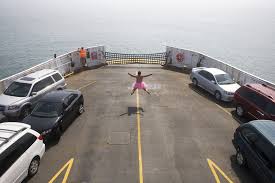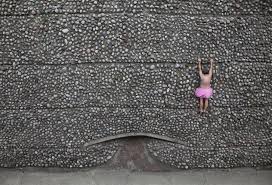I read a great article in this month's edition of The Atlantic magazine titled "The Death of The Artist and the Birth of the Creative Entrepreneur", by William Deresiewicz. In it, he states that "the image of the artist has changed radically over the centuries. What if the latest model to emerge means the end of art as we have known it?" He starts his discussion by pointing out that artists were initially seen as artisans. That evolved into the artist as genius, then later the artist as professional. The model that is currently emerging in the early 21st century, according to Deresiewicz, is that of the "creative entrepreneur", someone who acts not only as the creator, but who also markets, bills, advertises, etc., instead of having someone else (ex. an employer) do it for her/him.
Deresiewicsz goes on to suggest how the artwork itself might change as a result of this shift. Having taught a class in fine arts professional practices for many years, and having experienced this shift first hand as an artist, I have to say that I agree with the author's perceptions about the change that is going on for artists today. It is like being on shifting sands all the time, as the way the game is played seems to change constantly, albeit in sometimes subtle ways that are not immediately comprehended.
